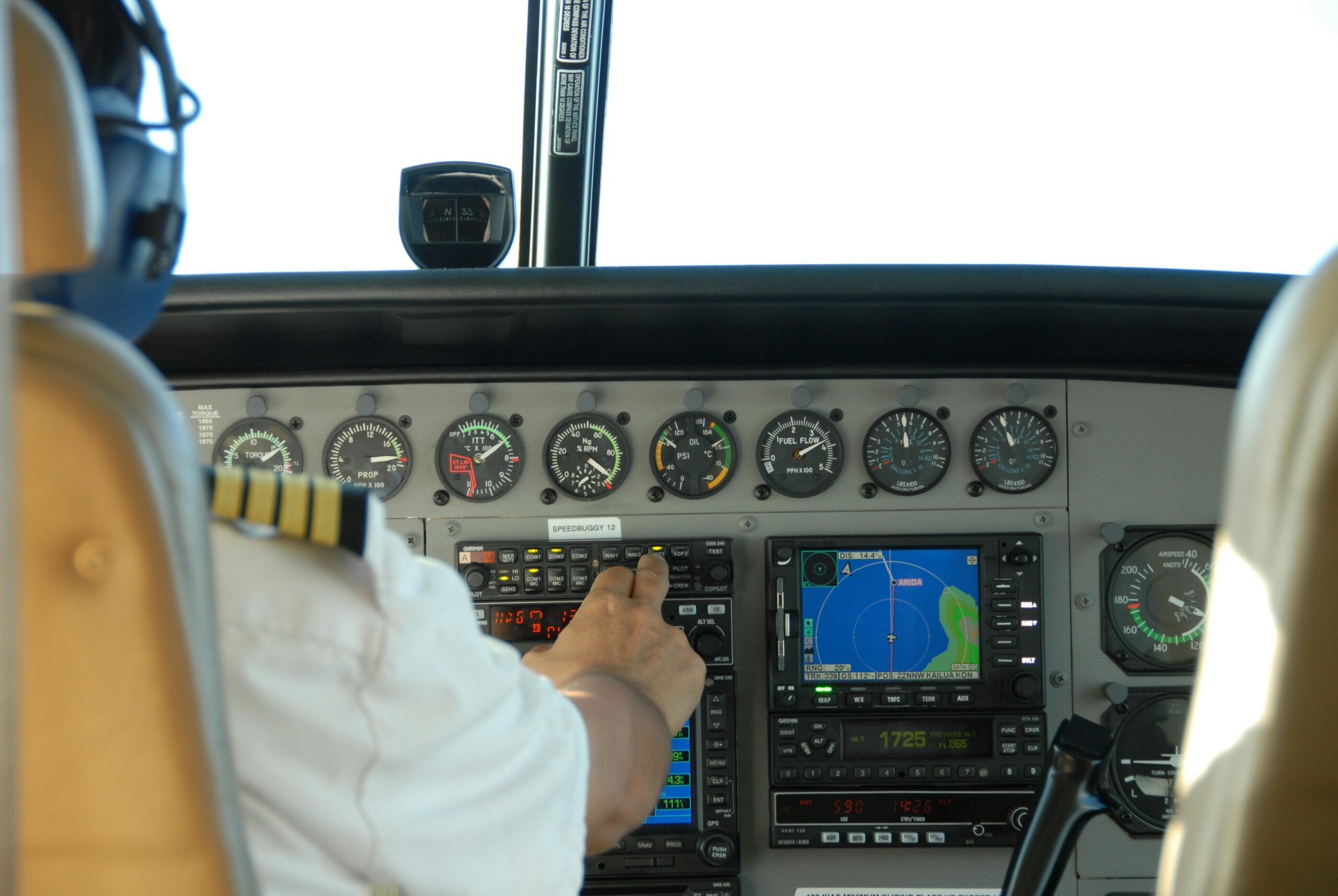
For many aspiring aviators, the dream of flying begins long before they ever step into a cockpit. The allure of the skies, the precision of aircraft controls, and the freedom of flight call to countless individuals every year. While becoming a pilot is a rewarding achievement in itself, taking the next step to become a Certified Flight Instructor (CFI) opens new doors—not just to enhance personal skills, but also to build flight hours, mentor others, and advance a professional aviation career. The path from student to flight instructor is a transformative journey, marked by dedication, training, and a deep passion for aviation.
The Foundation: Private Pilot License
The first official step toward becoming a flight instructor starts with earning a Private Pilot License (PPL). This foundational license allows students to fly an aircraft for personal or recreational purposes. During this phase, students learn the basic principles of flight, aviation regulations, navigation, and emergency procedures. Hands-on flight training is crucial, and students typically spend around 40 hours in the air under the guidance of a certified instructor. Though this is just the beginning, it sets the tone for the discipline and commitment that lie ahead.
Advancing to Instrument and Commercial Ratings
After earning a PPL, aspiring flight instructors need to move on to obtain an Instrument Rating (IR) and then a Commercial Pilot License (CPL). The Instrument Rating allows a pilot to fly in a broader range of weather conditions, relying solely on instruments for navigation and control. This stage sharpens a pilot’s skills and boosts confidence, especially in challenging environments.
Obtaining a Commercial Pilot License is a significant milestone. It legally enables a pilot to be compensated for flying, which is essential for those planning to make aviation their career. The CPL requires more extensive flight experience, as well as a higher level of precision and professionalism. At this point, a pilot has typically completed over 250 hours of flight time and passed both written and practical exams.
The Decision to Instruct
Choosing to become a Certified Flight Instructor is both a strategic and personal decision. For many, it’s the most accessible way to build the required flight hours for airline or corporate pilot positions. But it’s also more than just a stepping stone. Instructing allows pilots to pass on their knowledge and inspire new students. It also refines their understanding of aviation principles, as teaching requires a deeper level of mastery and clear communication.
Becoming a flight instructor is not just about meeting technical requirements—it’s about developing the patience, leadership, and responsibility needed to guide others safely through the learning process.
Preparing for the Flight Instructor Certificate
The final stage involves earning the Certified Flight Instructor certificate. This process includes intensive training on how to teach flight maneuvers, ground lessons, and aviation theory. Pilots must also prepare for a demanding checkride, which provides for both an oral exam and a practical flight test conducted by an FAA examiner.
Candidates are expected to demonstrate not only superior flying skills but also the ability to clearly and confidently explain complex concepts. This preparation is often done in partnership with an experienced instructor who specializes in training future CFIs. Many pilots find this phase to be one of the most challenging yet rewarding parts of their training.
Life as a Flight Instructor
Once certified, a flight instructor begins teaching student pilots, helping them earn their Private, Instrument, and Commercial ratings. A new CFI can expect to spend long hours both in the air and on the ground, planning lessons, conducting pre-flight briefings, and ensuring their students understand both the theoretical and practical aspects of aviation.
Being a flight instructor requires a high level of responsibility. Instructors must ensure safety at all times while encouraging confidence and independence in their students. It’s a role that demands professionalism, dedication, and continuous self-improvement. However, it also offers immense satisfaction as instructors watch their students grow, pass exams, and eventually earn their wings.
Building Flight Hours and Opportunities
One of the significant benefits of becoming a flight instructor is the opportunity to accumulate flight hours, which are crucial for advancing to more advanced aviation careers. Most airlines and corporate flight departments require a minimum number of flight hours—often around 1,500—and working as a CFI provides a steady and legal path to reach that benchmark.
Beyond the practical advantage, instructing builds experience in communication, problem-solving, and leadership. These soft skills are invaluable in any aviation role, from commercial airlines to charter operations and beyond. Many successful airline captains and corporate pilots began their careers as flight instructors, carrying forward the lessons they learned while teaching others.
A Journey Worth Taking
The road from student to certified flight instructor is a journey marked by hard work, determination, and a love for flying. Each step—from earning a Private Pilot License to passing the rigorous CFI checkride—shapes a pilot into a skilled, confident, and capable professional. Along the way, future instructors learn not only how to master the controls of an aircraft but also how to guide others toward achieving their dreams.
For those who are passionate about aviation and eager to share that passion, becoming a flight instructor is not just a career move—it’s a calling. It offers the unique opportunity to inspire, teach, and make a lasting impact in the skies and the lives of others.